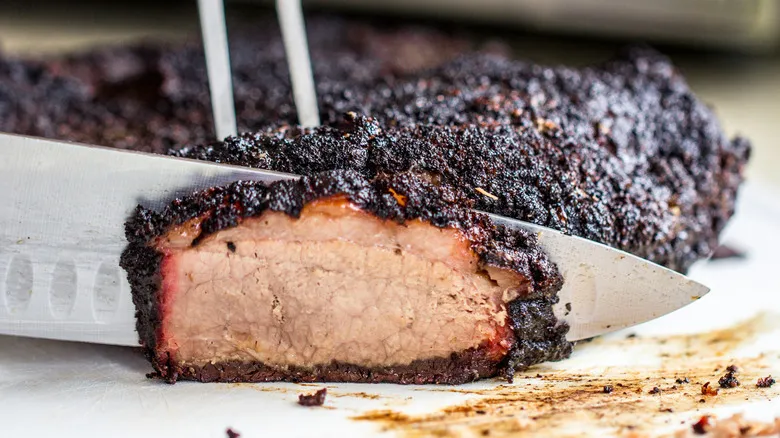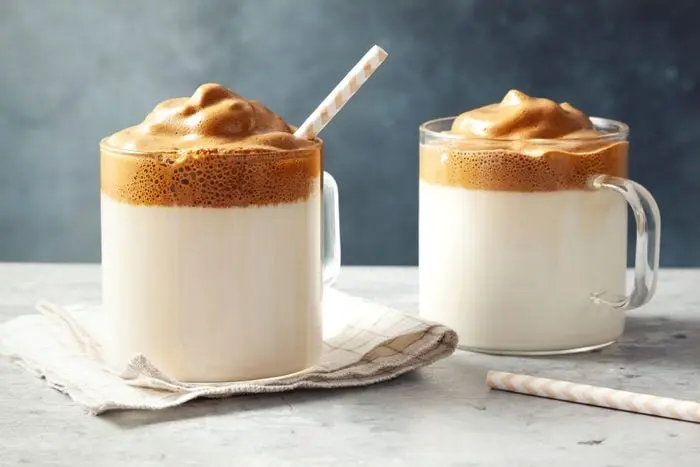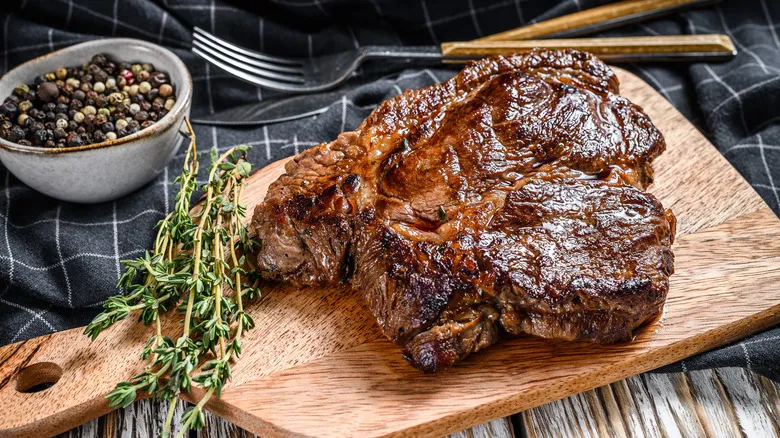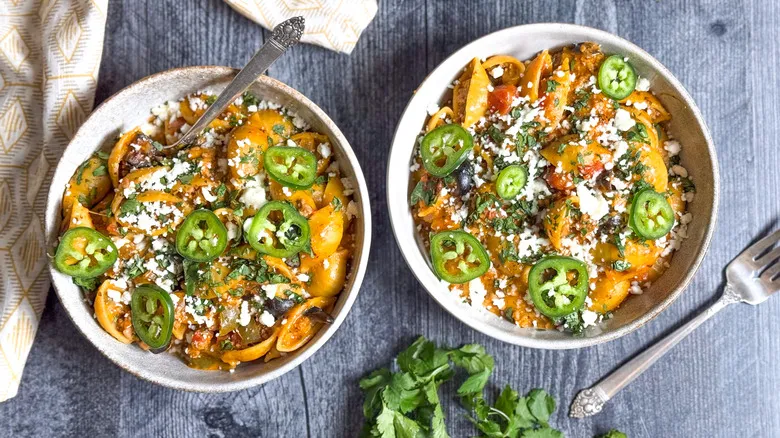Preventing this brisket faux pas
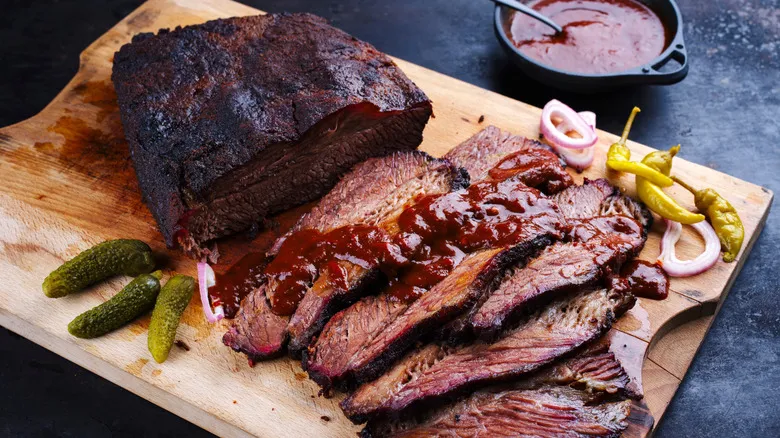
How does Chef Derek Piva avoid common cooking errors? He emphasizes the importance of achieving the right balance of time and temperature. He suggests cooking your brisket at a temperature between 225 and 250 degrees Fahrenheit, whether you use a conventional oven or a smoker (as high-quality brisket is not suited for grilling).
Piva's next piece of advice may be the most challenging: "be patient," he advises, explaining that a large brisket can take anywhere from 12 to 16 hours to reach perfection. While you may excel at steering clear of other significant mistakes when smoking brisket, hurrying the process could be the biggest error if you're aiming for the right texture.
When selecting the size of your brisket, consider how many people you plan to serve. Typically, briskets weigh between 10 and 14 pounds. If you're uncertain, it's wise to choose a larger cut, as leftover brisket can elevate your mac and cheese. With Piva's straightforward tips for achieving a better brisket, you can cook with confidence, ensuring that not a single tender bite goes to waste.
Recommended
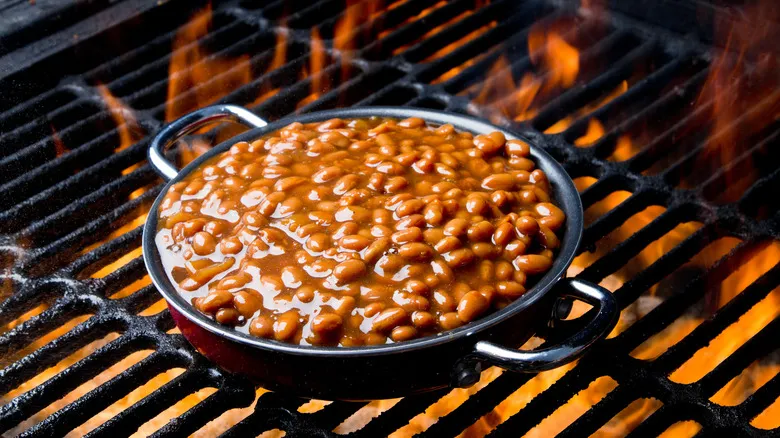
Give Canned Baked Beans A Smokier Flavor On Your Grill

Keep Fish Moist And Tender By Wrapping It In Banana Leaves
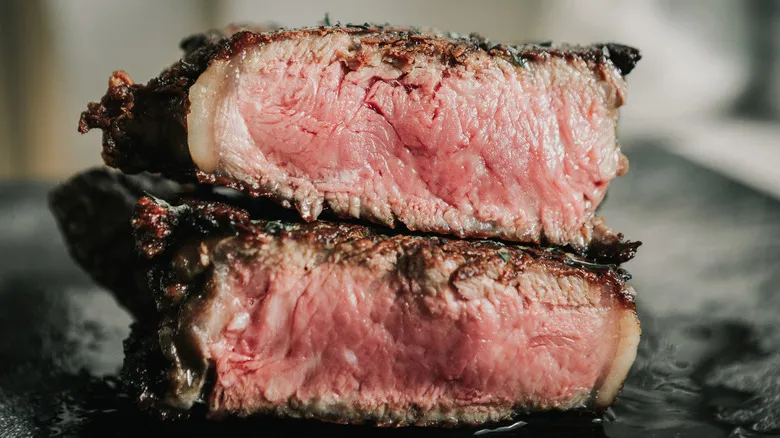
Why Is It Called A New York Strip Steak?
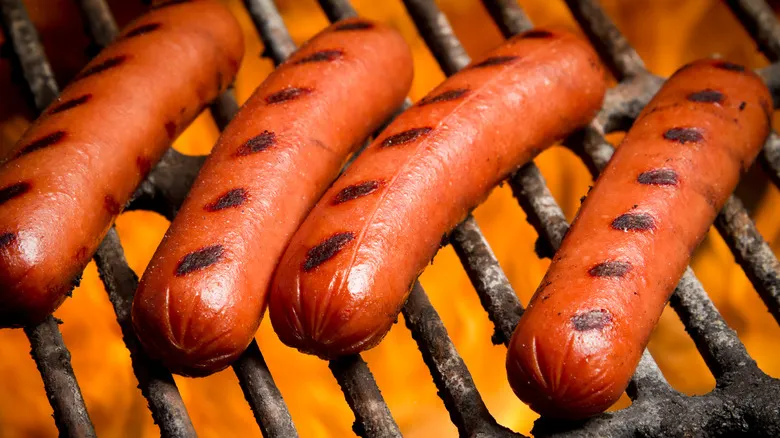
A 2-Zone Heat Source Is The Secret To Better Grilled Hot Dogs
Next up

